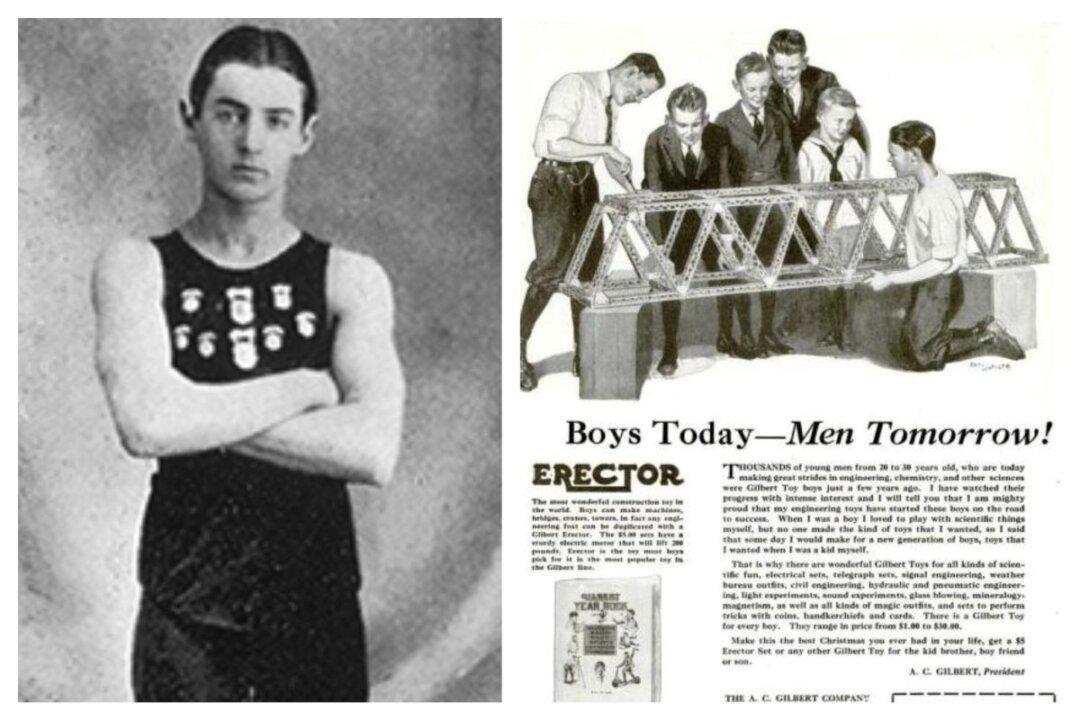It is difficult to put into words how incredible the story of the Lockheed Blackbird is, but Paul Crickmore has accomplished the difficult. Indeed, he has practically accomplished the impossible by collecting such a vast wealth of information on the top secret project to build a jet that could fly so fast and so high that attempting to intercept it would be futile. “Lockheed Blackbird: Beyond the Secret Missions—The Missing Chapters” is the final edition of this labor of love and fascination.
The final remnants of information kept secret by the federal government is now available in one of the most exhilarating books on aviation.






